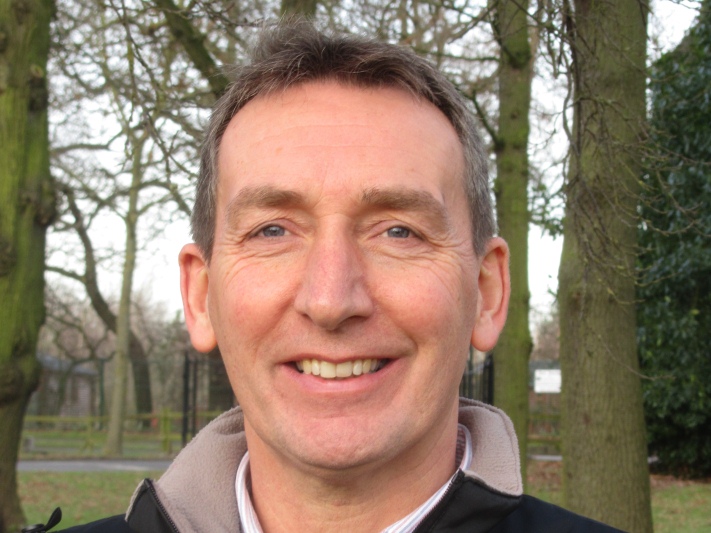‘Living Catalogue’ shows farmers which grass mixtures to sow
New grass leys can only boost total forage yields and feed quality if the seed mixture is chosen carefully with the site and end use in mind, says Rod Bonshor, general manager of Oliver Seeds.
"We sows demonstration plots of all the mixtures listed in their catalogue, so farmers can see what they look like in practice, not just on the page. These plots are also harvested and analysed for dry matter yield and nutritional characteristics such as sugar, fibre and protein."
“Sowing mixtures rather than monocultures of one species or variety reduces the risk of reseeding,” Mr. Bonshor explains.
 Research also shows that complimentary species and varieties interact to produce more than if they were grown alone. They can also maintain their performance for longer – particularly when grasses are sown with legumes like clover. This has been replicated in our demo plots where clover sustained or improved the forage yield in the second harvest year,”
Research also shows that complimentary species and varieties interact to produce more than if they were grown alone. They can also maintain their performance for longer – particularly when grasses are sown with legumes like clover. This has been replicated in our demo plots where clover sustained or improved the forage yield in the second harvest year,”
The mixtures plots are situated at DLF grass breeding centre at Didbrook in Gloucestershire. This 32ha (80 acre) site is the largest of its kind in the UK and develops new grass and forage varieties to suit British farms. It is also runs official test trials for the independently judged Recommended Grass and Clover Lists.
“The Recommended Lists which highlight the most improved varieties are a good starting point for deciding which way to take a new reseed, but a bit limited in their relevance to farmers who buy and grow mixtures,” says Mr. Bonshor.
“At Didbrook we can show exactly what a westerwold and Italian ryegrass catch crop looks like in April, or how a high quality, perennial ryegrass/white clover grazing ley performs in mid summer.”
The ‘Living Catalogue’ is also used to tweak existing mixtures. Feedback from farmers is incorporated into the demo plots and if the harvest results show improvement, the mixture is altered the following year.
.jpg) The range, which runs to 23 mixtures, including two dedicated to equine use and two for hay and haylage, is presented in order, starting with the highest yielding cutting leys such as Rapier, through to dense and persistent long term pastures like Century, which is primarily used for grazing, but also capable of producing good round bale silage.
The range, which runs to 23 mixtures, including two dedicated to equine use and two for hay and haylage, is presented in order, starting with the highest yielding cutting leys such as Rapier, through to dense and persistent long term pastures like Century, which is primarily used for grazing, but also capable of producing good round bale silage.
Finally there are three specialist long-term mixtures – Landmark Extreme, Landmark Permanent and Landmark Lucerne, which perform well in challenging conditions such as drought and flooding, or in low input situations.
Landmark Lucerne produces protein and mineral-rich forage, which can last two to three years longer than a more traditional grass/red clover mixture.
“Some farmers in England and Wales will be reseeding over the next few weeks, although 65% will be left until autumn, when there is less risk of dry conditions after drilling,” says Mr. Bonshor.
But when financial returns are low, some farmers question whether they can afford to reseed and have fields out of production. Mr. Bonshor believes they cannot afford not to.
“Grazed grass is the cheapest feed on the farm and high quality, high protein conserved silage can help reduce bought-in feed costs significantly.
“Grass breeders have delivered grasses that yield 4-5% higher than the previous decade, and have extended the growing season at both ends by 15% over the same period, as well as improving feed quality, disease resistance and ground cover.
“Reseeds containing the newest varieties, in well-balanced mixtures designed for the situation, will establish quickly, produce high quality forage and pay for themselves many times over.”
